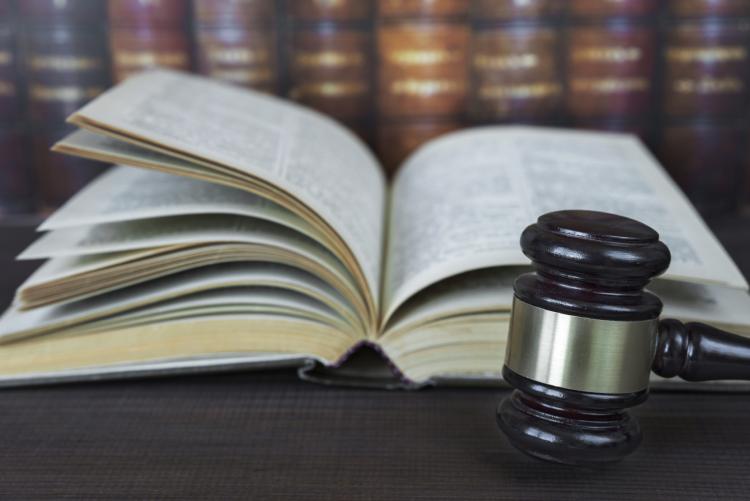
On April 5, 2021, the Supreme Court of the United States (SCOTUS) issued its decision in Google LLC v Oracle America Inc, 593 US ___ (2021), holding that Google’s copying, and incorporation into its Android mobile platform, of approximately 11,500 lines of code from the Oracle-owned application programming interface Java SE (the API) was not copyright infringement and constituted fair use. The decision, delayed by a year due to the COVID-19 pandemic, marks the end of a decade-long litigation between the tech giants, in which Oracle initially claimed damages in the amount of nearly 9 billion USD for Google’s alleged copyright infringement (previously reported by the E-TIPS® Newsletter here).
The lower courts considered the following two questions: (1) whether copied lines of code could be copyrighted; and (2) if so, whether Google’s copying of those lines of code constituted fair use of a copyrighted work. SCOTUS did not address the first question and instead focused its decision on the second, assessing Google’s use of the copied code against each of the four factors for fair use as provided in the US Copyright Act §107: (i) the purpose and character of the use, (ii) the nature of the copyrighted work, (iii) the amount and substantiality of the portion used in relation to the copyrighted work as a whole, and (iv) the effect of the use upon the potential market for or value of the copyrighted work.
SCOTUS found that Google’s use of the API constituted “fair use” under all four factors, ruling that:
- The purpose and character of the use was “transformative”, as Google only copied the portion necessary to allow programmers to continue to use familiar method calls from what they know from the API but do so in a different computing environment (smartphones) and on a new platform;
- The nature of the copyrighted work, as “declaring code” that allows programmers to enter method calls that access prewritten software programs to perform certain tasks, combines aspects of both “uncopyrightable ideas (general task division and organization) and [copyrightable] new creative expression (Android’s implementing code)”, and the value of the copied lines is derived from the ability of programmers to learn and use the API system so that they will use Java-related implementing programs that Google did not copy;
- The portion of the copyrighted work used was not substantial, as Google only copied 0.4% of the 2.86 million total lines of code of the API, and Google’s copy of the code was rooted in programmer’s prior familiarity with the API; and
- The use of the API in Google’s Android smartphones is not a market substitute for Java SE, and that Oracle would actually benefit from reimplementation of the API into a different market such as smartphones.
The 6-2 majority decision was written by Justice Breyer.
Summary By: Hashim Ghazi
E-TIPS® ISSUE
Disclaimer: This Newsletter is intended to provide readers with general information on legal developments in the areas of e-commerce, information technology and intellectual property. It is not intended to be a complete statement of the law, nor is it intended to provide legal advice. No person should act or rely upon the information contained in this newsletter without seeking legal advice.
E-TIPS is a registered trade-mark of Deeth Williams Wall LLP.